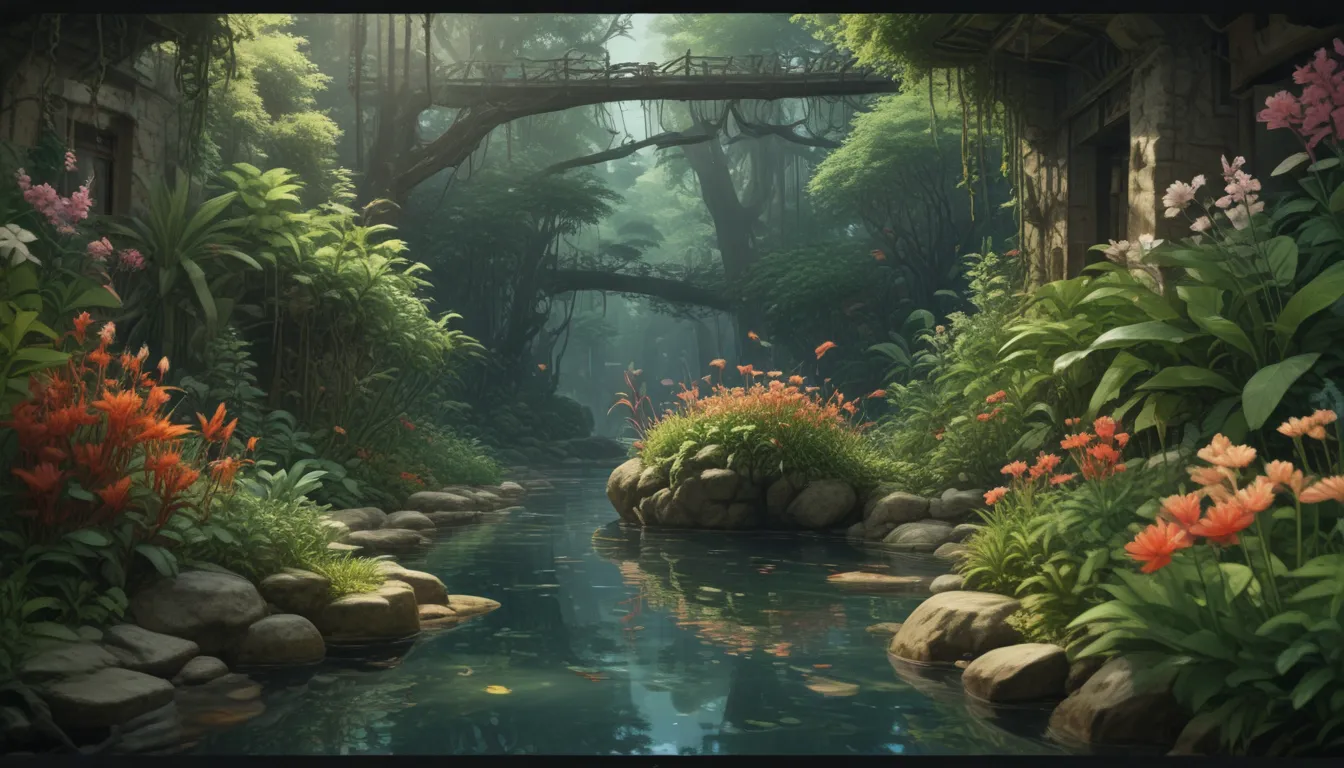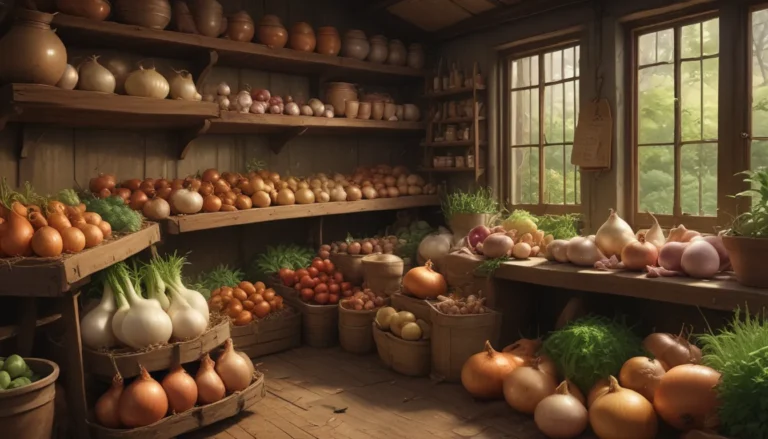Comprehensive Guide to Growing and Caring for Shrimp Plants

Shrimp plants are captivating ornamental additions to any garden. The Justicia brandegeana, with its shrimp-like bracts and lush foliage, is a stunning specimen that can thrive in various growing conditions. Whether you plant them in the ground or in containers, these shrubs are sure to add a touch of elegance to your landscape.
In this comprehensive guide, we will explore everything you need to know about shrimp plants, from cultivation and propagation to maintenance, pests, and disease management.
What Are Shrimp Plants?
The Justicia brandegeana, a member of the Acanthus family, is an evergreen shrub native to the tropics of Mexico. With its open, sprawling habit and shrimp-like bracts that change color from red to green, this plant is a true showstopper in any garden.
Hardy in USDA Zones 9-11, shrimp plants can reach heights of up to five feet in ideal conditions. The flowers, which attract hummingbirds and butterflies, bloom throughout the year in tropical climates.
Cultivation and History
While not as economically significant as other plants, the shrimp plant has made its mark in the ornamental gardening scene. Named after Scottish gardener James Justice and botanist Townsend S. Brandegee, Justicia brandegeana has a rich history in horticulture.
Propagation methods for shrimp plants include stem cuttings, division, and transplanting, making it easy to acquire and grow these stunning shrubs in your garden.
From Stem Cuttings
- Select healthy shoots in spring or summer for four- to six-inch cuttings.
- Dip cut ends in rooting hormone and plant in a 50:50 mix of peat moss and perlite.
- Keep the cuttings in indirect light and moist until roots develop.
Via Division
- Divide large in-ground clumps or cramped container specimens in spring.
- Separate roots and shoots of divided sections for transplanting.
Via Transplanting
- Plant in well-draining, fertile soils with a pH of 6.0-7.0.
- Space the plants one to five feet apart in full sun to partial shade.
How to Grow Shrimp Plants
Once you’ve planted your shrimp plants, it’s essential to provide them with the right care to ensure their health and vitality.
Climate and Exposure Needs
- Ideal for USDA Zones 9-11, bring indoors in colder climates.
- Maintain temperatures between 65-75°F for indoor plants.
- Provide partial shade for optimal bract coloration.
Soil Needs
- Well-draining, fertile soil with a pH of 6.0-7.0 is ideal.
- Add organic matter annually for added fertility.
Irrigation and Fertilization Needs
- Keep soil evenly moist to encourage blooming.
- Apply balanced liquid fertilizer every two weeks during the growing season.
Growing Tips
- Provide partial shade exposure for best blooming.
- Ensure well-draining soil to prevent waterlogging.
- Water when soil feels dry to the touch.
Pruning and Maintenance
Regular pruning and maintenance are essential for keeping your shrimp plants healthy and vibrant.
- Remove damaged or diseased tissues promptly.
- Prune before the growing season to shape the plant.
- Mulch around the root zone to retain moisture and suppress weeds.
Where to Buy Shrimp Plants
Local plant nurseries and reputable online vendors are great sources for acquiring shrimp plants. Ensure plants are shipped during safe temperature periods and consider plant swaps and horticultural shows for unique specimens.
Managing Pests and Disease
While shrimp plants are relatively pest and disease-resistant, it’s essential to be aware of potential threats and how to address them.
Pests
- Spider Mites: Control with water sprays or horticultural oils.
- Whiteflies: Trap or repel with sticky traps or reflective mulch.
Disease
- Leaf Spot: Manage with proper spacing and fungicide applications.
- Root Rot: Address with reduced watering and improved drainage.
Best Uses for Shrimp Plants
Aside from their stunning appearance, shrimp plants have versatile uses in various settings.
- In-ground: Ideal for borders or as standalone specimens.
- Containers: Perfect for patios, entryways, or indoor displays.
- Houseplants: Thrive indoors in well-lit, humid environments.
Quick Reference Growing Guide
- Plant Type: Broadleaf evergreen shrub
- Flower/Foliage Color: White (red, pink, bronze, green bracts) / green
- Native to: Mexico
- Maintenance: Moderate
- Hardiness (USDA Zones): 9-11
- Tolerance: Heat, humidity, moderate drought
- Bloom Time: Summer (spring-fall in tropical climates)
- Soil Type: Fertile
- Exposure: Full sun, part shade
- Soil pH: 6.0-7.0
- Time to Maturity: 5-10 years
- Soil Drainage: Well-draining
- Spacing: 1-5 feet
- Attracts: Butterflies, hummingbirds
A Shrimp-ressive Addition to Your Garden
In conclusion, Justicia brandegeana, the shrimp plant, is a remarkable ornamental shrub that can enhance any garden or indoor space. With its unique appearance, easy care requirements, and versatile uses, this plant is a must-have for any plant enthusiast.
If you’re looking to add a touch of elegance and sophistication to your landscape, consider adding shrimp plants to your collection. With the right care and attention, these beautiful shrubs are sure to flourish and delight for years to come.
Do you have any questions or experiences with shrimp plants to share? Feel free to leave a comment below and join the conversation on these fascinating flora!





